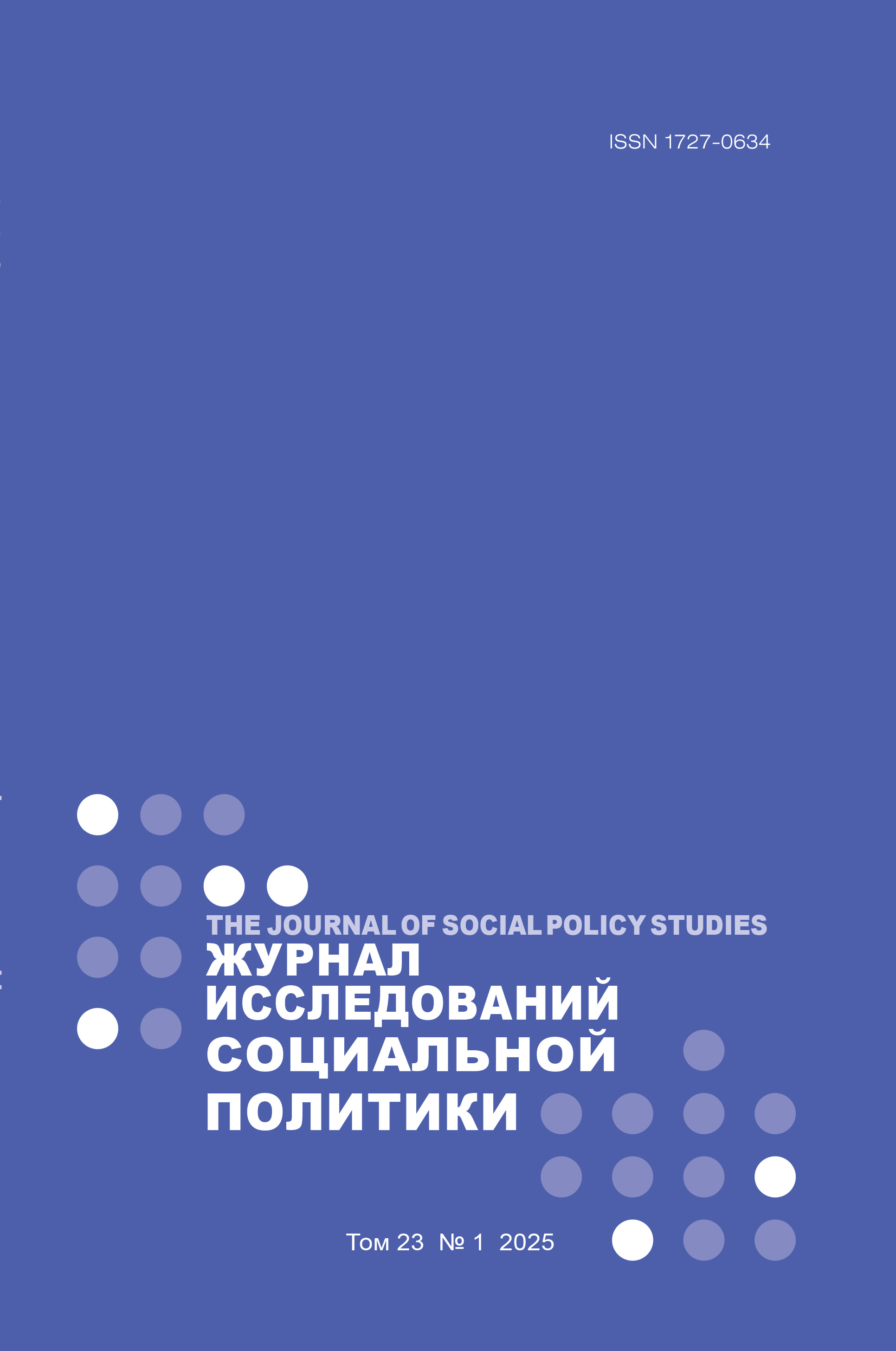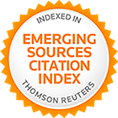Once Again on Social Policy in Relation to Wage Workers and the Labor Question in Russia at the Turn of the 19th and 20th Centuries
Abstract
The article is dedicated to the history of the labor question in Russia at the turn of the 19th‑20th centuries. The empirical material includes statistical data from the early 20th century collected by the Ministry of Finance inspector Vasily Varzar, as well as information compiled in the 'Chronicle of the Labor Movement 1894–1904,' a secondary source prepared by a team of authors from the Institute of Russian History of the Russian Academy of Sciences under the editorship of one of the authors of the article and published at the end of the Soviet era. Comparison of early twentieth century materials with updated data has revealed distinctive features of the authorities’ response to industrial disputes over a century ago. The authors aim to show how the inability of the authorities to consider the interests of wage workers, together with other factors, contributed to the escalation of industrial disputes into strikes and other protest actions, such as rallies, marches, and the dissemination of propaganda literature. Particular attention is paid to the role of legislation and proto-institutions that could potentially represent workers’ interests. Comparison of the data from the 'Chronicle of the Labor Movement' with information on the government’s attempts to resolve the labor question peacefully confirms the conclusion that, at the turn of the century, the concept of a tripartite agreement between the state, employers, and workers’ organisations was not even on the table. The refusal of officials to compromise triggered the mechanism of revolutionary overthrow. The analysis of statistical material reveals the essence of the concept of spontaneous organization within the Russian mass movement as a reaction to the inconsistency and incompetence of the authorities in the field of social policy. Thousands of labor disputes served as the basis for urban, professional, and regional strikes, uniting participants around socially significant goals and solidarity. By resonating in the public sphere, the workers’ protest movement became an important dominant force in the socio-economic and political life of the country, acting as a trigger for the revolution and demonstrating the limits of measures aimed at improving the living conditions of millions of wage workers.















